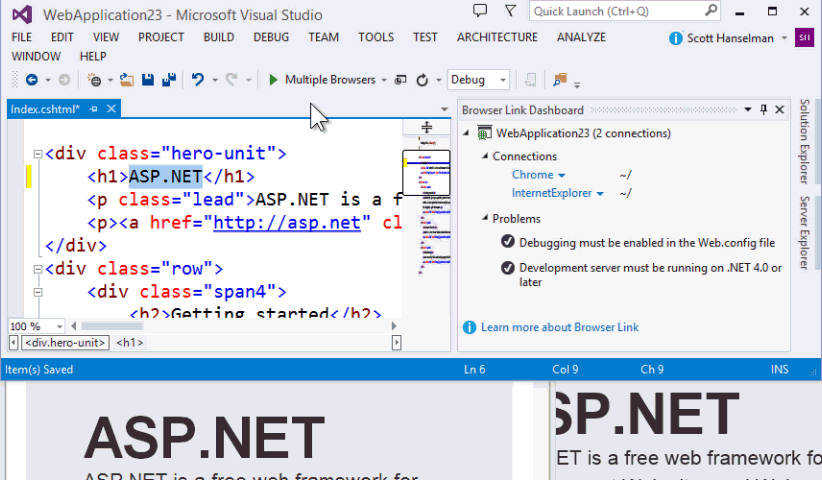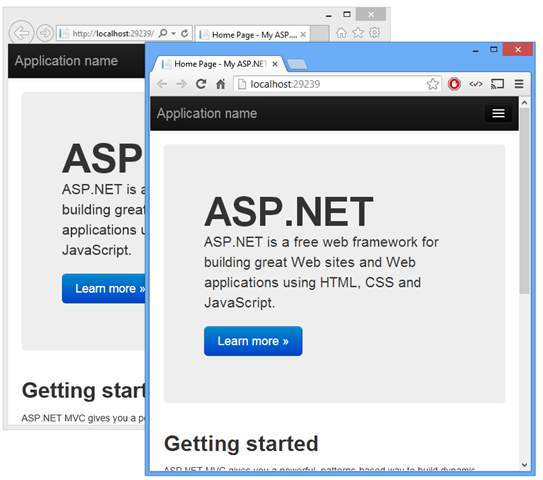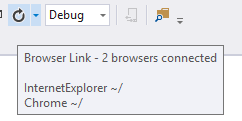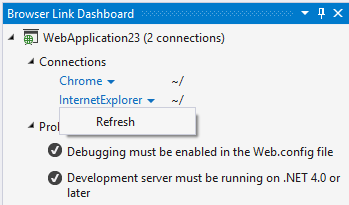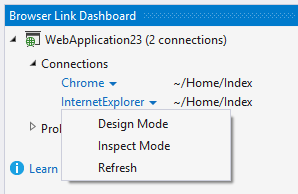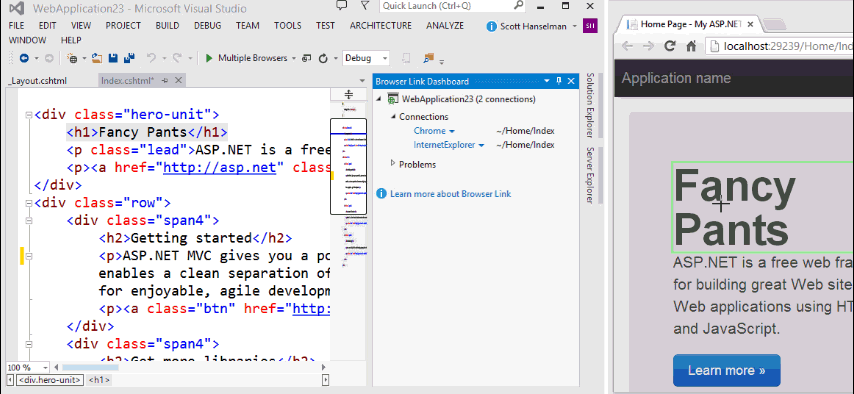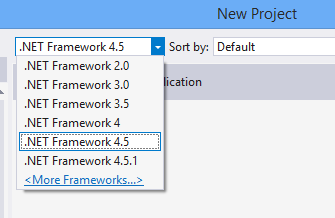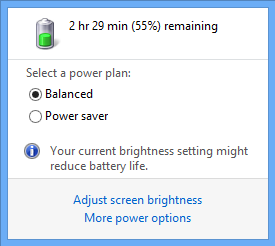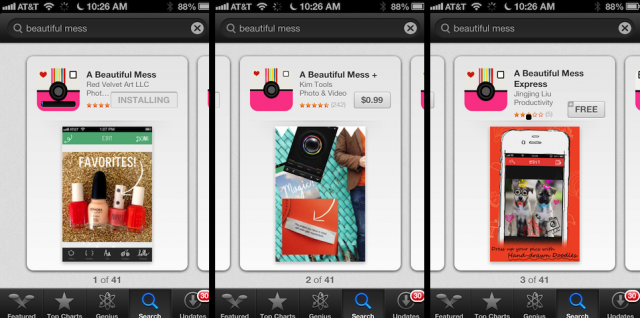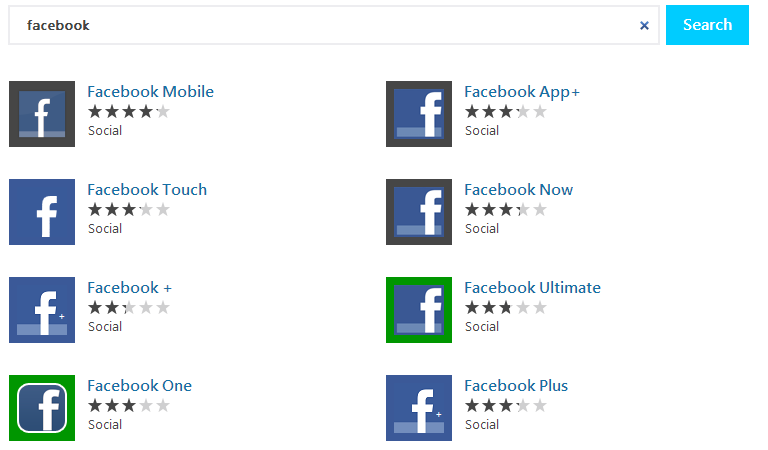Trying a Nokia Lumia 1020 - A Camera with a Phone Inside
 I've had an iPhone since the iPhone 3G. My main personal phone is an iPhone 4S. I'm always checking out new phones, however, most recently the Blackberry Z10. The last time I tried a Windows Phone was a Lumia 800, where I made a list of apps I would need before I would ever consider switching from iPhone. I also checked out one of the first Windows Phones in 2010.
I've had an iPhone since the iPhone 3G. My main personal phone is an iPhone 4S. I'm always checking out new phones, however, most recently the Blackberry Z10. The last time I tried a Windows Phone was a Lumia 800, where I made a list of apps I would need before I would ever consider switching from iPhone. I also checked out one of the first Windows Phones in 2010.
My family is a mixed one, with two iPads, my wife's Lumia 920 phone, my iPhone 4S, the kids' iPod touches, a Surface RT, an Xbox and a PS3. I'm also spending a month testing a Samsung Galaxy S4.
However, last week a buddy loaned me a yellow Nokia Lumia 1020 running Windows Phone 8. A good friend recently switched to the 1020 solely for the camera. Let me repeat that. He has been #teamiphone since the beginning but he decided the camera was good enough to switch. That got my attention as my 4S camera kinda sucks. It's fine for Instagram but not for capturing two growing kids.
I swapped the SIM card from my iPhone and customized the crap out of my home screen. I can't stand defaults. Live Tiles really are the star of the Windows Phone.
I'll do a full review when I've spent time with this phone, but I can talk about the camera now. Insane.
Full sized images are 7712x4352 and about 10 megs. The deal, it seems, isn't that you necessarily want to keep the 34 megapixel images, but rather that you can zoom and crop them and still see thing clearly. Phrased differently, rather than an optical zoom, you take a super super high res image then digitally zoom. It's amazing. You can zoom in on a license plate from 100 feet away.
Here's an example (I've blurred these people as I don't know them).

Now, zooming in on the red car, digitally.

That's just a silly example. A more significant one is taking a picture of a group, then wanting to crop a shot of just some of the people and having it NOT looking like a crappy crop. These kind of operations are trivial.
If you want to download the full 10 megabyte version of this image, I put it up on Azure Storage here and if you like, zoom around it on Zoom.It.
Here's the original file, copied straight off the Lumia 1020 via a USB Cable.

Let's zoom in - only by cropping.

Seriously, I could do this all day.

And then cropping.

I also tried the Camera Grip for the Lumia 1020. It's an extended battery, grip and a button that makes the phone act more like a camera. You get the whole half-button press to focus" then "full press to snap" behavior. This also speeds up the shutter actuation feel to instantaneous, since the half-squeeze starts the focus. The continued full press is instant. It really feels like a Point and Shoot.
Disclaimer/Disclosure: I do work for Microsoft, in the Azure division. However, I am not my job. I review lots of tech and gadgets and I stand on my record of impartiality. I use what I like. This review (and future and past) is my own, and done on my own, outside of work. No one reviews or edits these. Misspellings and errors are mine.

I'll keep trying it out and explore the actual phone features, but I am deeply impressed with the camera. In order to consider switching though (and I assume you'd feel the same way) I would need:
- 95% of the apps (or equivalents) that I use in an average week.
- The addition of the 6tag Instagram app helped me a lot.
- I wish there was a FitBit app that talked to the device. There's a Windows 8 app for FitBit, and FitBit has confirmed they're working on a Phone 8 version.
- The Xbox games are nice, especially Batman.
- Reliable Bluetooth phone and audio in the cars my wife and I have
- Streaming audio works fine in my Prius. Having some trouble with the phone, but working on it.
- Good battery life
- It's OK, but the camera flash definitely hurts the battery if you spend all day taking pics.
- Support for Google Mail and Calendar (personal) and Outlook (work)
- Check.
More review and details to come as I explore. Your thoughts?
Sponsor: Big thanks to Infragistics for sponsoring the feed this week! Download Your Free HTML5/jQuery Grid: Prepare to launch eye-popping, performance-driven HTML5 applications with Ignite UI. Believe your eyes - you can download the world's fastest, most reliable jQuery Grid now - no strings attached!
About Scott
Scott Hanselman is a former professor, former Chief Architect in finance, now speaker, consultant, father, diabetic, and Microsoft employee. He is a failed stand-up comic, a cornrower, and a book author.
About Newsletter

